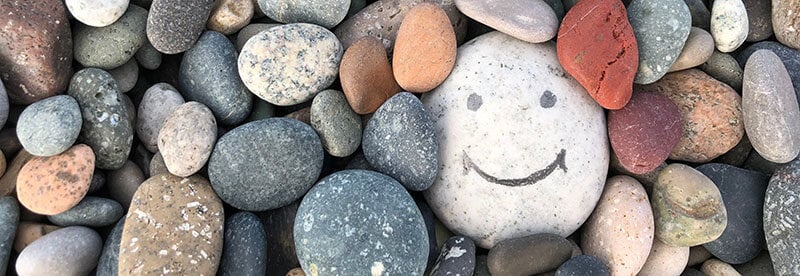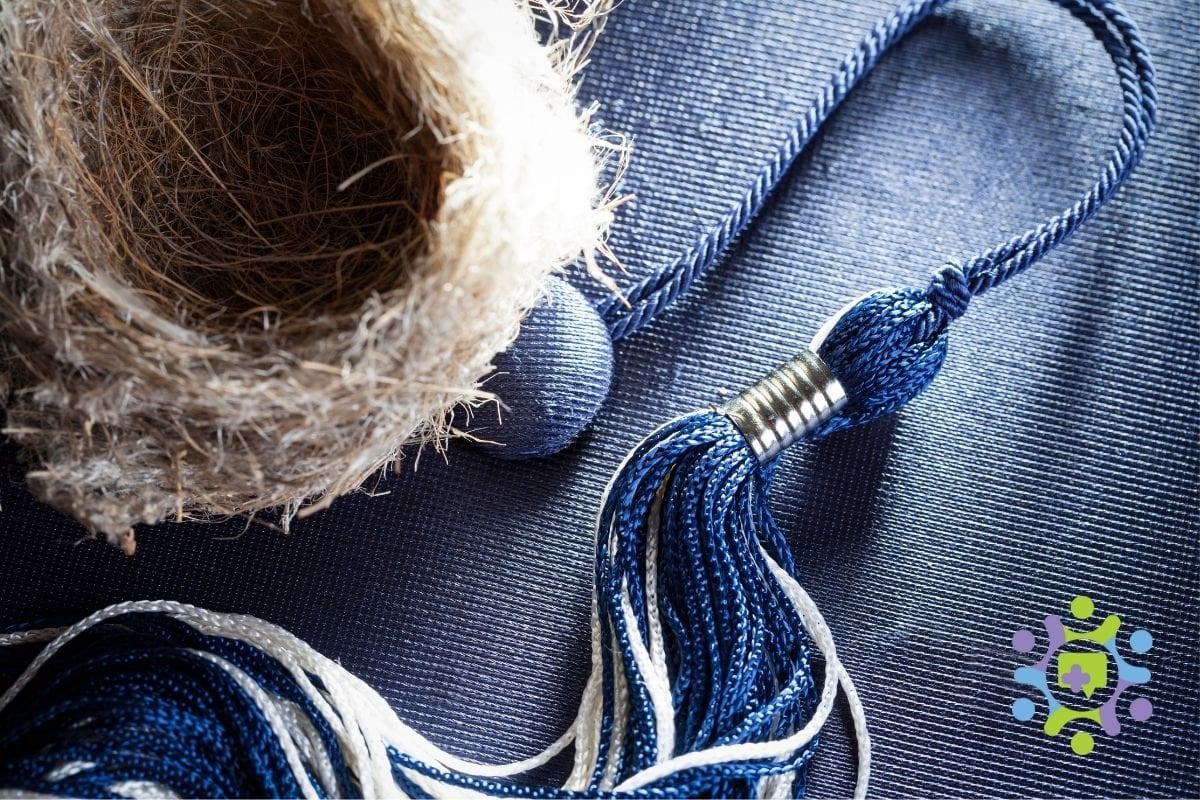Mastering Good Manners
-1.jpg)
Teaching your child good manners and good behavior starts at an early age to last them a lifetime.
Manners and good behaviors have to be taught, just like teaching your little one how to use a spoon, master their ABCs, or dress themselves. According to The Center for Parenting Education, children as young as 18 months old can learn the fundamentals of manners by being taught to say “please” and “thank you” even if they do not understand the reasons for being polite.
To start, you must first, and most importantly, model good behavior for your children. This may sound like common sense, but you must never overlook how much children emulate the behavior they see from their parents.
Also, the manners you teach your child will change as they grow. To help you know what manners are appropriate to teach at different ages, parents.com offers the following Age-by-Age Guide to Teaching Manners:
Ages 1 to 2: What to Work On
- Saying “Hello” and “Goodbye”
- Staying Seated While Eating
- Using “Please” and “Thank You”
Ages 3 to 4: What to Work On
- Following Simple Table Etiquette
- Expanding Their Polite Vocabulary by Using “May I Please” or “Excuse Me”
- Being Kind
Ages 5 to 6: What to Work On
- Looking Adults in the Eye and Respond When Spoken To
- Not Interrupting
- Using More Sophisticated Table Manners
Ages 7 to 8: What to Work On
- Using Proper Phone Skills
- Cutting Food with a Knife
Any Age: What to Work On
- Teaching Gratitude
- Writing Thank-You Notes
Teaching good manners may seem like a lot of work, and, truthfully, it doesn’t happen overnight. But, along the way, always remember to acknowledge your child when they do use proper manners.
After some time, the reminders won’t be needed, and as your child matures, they will remember appropriate manners and need less guidance. And by spending the time and putting in the effort, you’ll reap the benefits when a teacher or family member praises your child on their good behavior.


